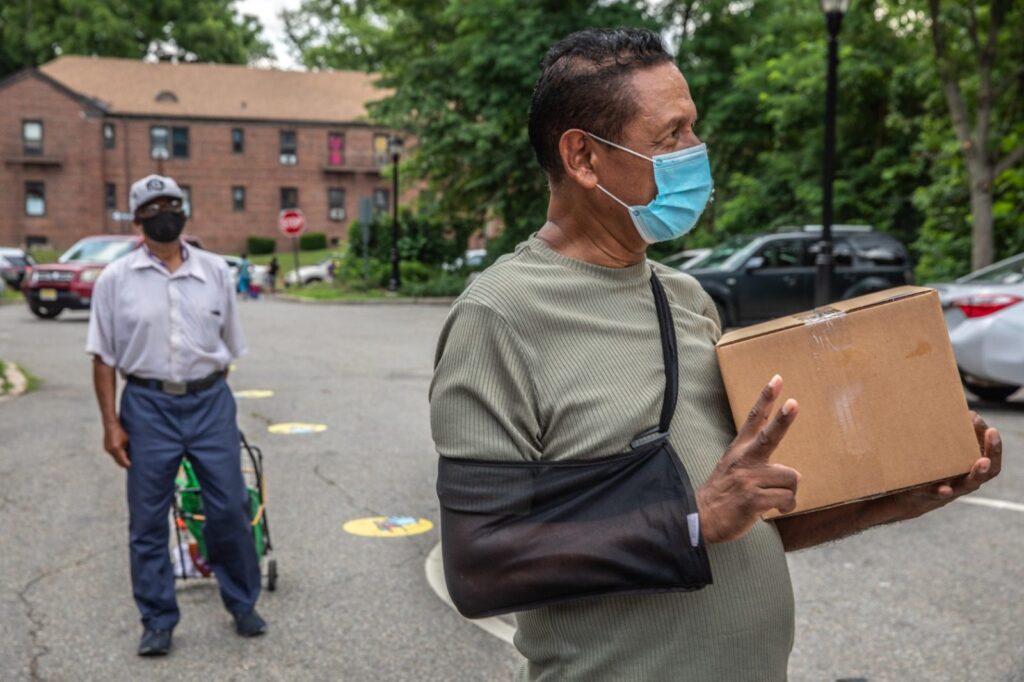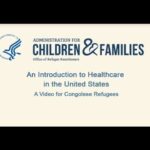The evidence in this area is suggestive. Within these suggestive studies, there is broad consensus on four key points related to emergency preparedness and emergency information dissemination among resettled refugees:
- Pre-existing partnerships among refugee communities, community-based organizations (CBOs), and local emergency planners are vital.
- People who serve as social bridges between refugee communities and governmental and community-based organizations are important conduits for emergency information dissemination.
- Emergency messaging must be simple and consistent, delivered in refugees’ native languages and made available through multiple communication channels.
- Refugees may meet disasters with resiliency.
Given the ethical and logistical challenges of conducting impact evaluation studies in disasters, the recommendations of these suggestive studies should be viewed as best practices at this time.




